Working with wood and resin is a creative way to make custom pieces that look polished, even if you’re just starting out. You don’t need fancy skills to get going—coasters, trays, and wall art are good beginner projects. As you tinker, you’ll get a feel for how resin flows, cures, and bonds with wood. Combining wood’s natural texture and resin’s glossy finish can turn plain scraps into something surprisingly unique.
You'll pick up how to prep materials, mix and pour resin right, and shape your project so it comes out clean and strong. These basics help you dodge common headaches like sticky spots or cloudy patches. With a few tools and some patience, you can create functional art from leftover wood.
For smooth, durable finishes on your wood projects, explore our Table Top Epoxy Collection — perfect for river tables and custom furniture.
Getting Started with Wood and Resin Projects

Mixing wood and resin opens up a lot of possibilities for attractive, sturdy pieces. To pull it off, you’ll want the right tools, decent materials, and a little know-how about how wood and resin interact.
Essential Materials and Tools You’ll Need
Set up a workspace that’s clean, well-ventilated, and flat—resin loves to run off if things aren’t level. Cover your table with plastic or silicone mats so you don’t end up scraping resin off later.
What you’ll need:
- Epoxy resin and hardener
- Mixing cups and stir sticks
- Protective gloves and safety glasses
- Heat gun or torch to pop bubbles
- Sandpaper (various grits) for smoothing things out
- Molds or tape forms to shape your project
Use a digital scale for measuring resin and hardener—guesswork here usually leads to disappointment. Keep dust away while the resin cures, or you’ll see it forever embedded in your piece.
For smaller projects like coasters or jewelry, simple molds and hand tools work fine. If you’re thinking bigger—tables, wall art—you’ll probably want clamps, a sander, and a truly flat surface for even curing.
Choosing the Right Wood and Resin for Your Project
Pick wood that’s dry, stable, and doesn’t have much oil or moisture. Maple, walnut, cherry, and cedar are solid choices—they bond well with resin and sand down nicely. Softwoods? They tend to soak up too much resin and can be tricky.
Look at the wood’s pore size and density. Open-grain woods drink up more resin, which can get expensive and slow down curing. It’s usually worth sealing porous wood with a thin resin coat before your main pour to cut down on bubbles.
For resin, go for clear casting or deep-pour epoxy. These cure slower, which gives air time to escape and helps layers settle flat. Pigments or dyes are fun, but add them slowly—too much can make things cloudy.
Try to keep the temperature steady (about 70–75°F) while the resin cures for the best results.
Get that flawless, crystal-clear look with our Glass-Like Epoxy Resin Collection — ideal for high-gloss wood and resin creations.
Step-by-Step Guide to Making Wood and Resin Projects

Making wood and resin pieces takes some prep and a bit of patience. Getting the wood ready, sealing it to cut down on bubbles, and mixing resin accurately all matter if you want a clear, smooth finish. Paying attention to small details like cleaning, keeping the temperature right, and not rushing the cure can really show in the end result.
Preparing and Sealing the Wood Surface
Start by sanding the wood with fine-grit sandpaper—get rid of rough spots and open up the pores. Wipe off dust with a lint-free or tack cloth. Any debris left behind will mess with how the resin sticks.
Check for cracks or holes and fill them with wood filler or a thin layer of epoxy resin. Make sure everything’s dry before you seal.
Brush on a seal coat of resin—just a thin layer. This blocks air from escaping the wood and keeps bubbles out of your main pour. Let the seal coat cure all the way before moving on.
If you’re using molds, line them with painter’s tape or a release agent to make things easier later. Keep your workspace level and as dust-free as possible.
Mixing, Pouring, and Curing the Resin
Measure out the epoxy resin and hardener exactly as the manufacturer says—usually 1:1 or 2:1. Mix slowly for a couple of minutes, scraping the sides and bottom. Stirring too fast just pulls in more bubbles.
For deeper pours or bigger pieces, use casting resin—it cures slower and doesn’t get as hot. Once you’ve mixed, pour slowly across the wood and let the resin spread. Use a heat gun or torch to pop any surface bubbles.
Let your project cure somewhere clean and at a steady temperature, around 70–75°F (21–24°C). Don’t move it while it sets. Depending on your resin, full cure can take 24 to 72 hours. Once it’s hard, sand and polish for that glassy look.
Finishing Touches and Creative Ideas
Finishing is what makes a wood and resin piece look sharp and last. Surface smoothness, shine, and a good protective layer all matter. There are lots of simple, creative ways to combine wood and resin for art, décor, or small crafts you’ll actually use.
Sanding, Polishing, and Protecting Your Piece
Start sanding your cured resin with fine-grit sandpaper, moving from 400 up to 2000 grit for a silky finish. Keeping the surface wet while sanding helps avoid scratches and overheating.
Once it’s smooth, use a polishing compound and a soft cloth or buffer to bring out the shine. For the wood parts, wipe off dust before adding any finish.
Seal the wood with oil, wax, or polyurethane to keep moisture out. For the resin, a thin coat of clear epoxy or resin polish keeps it glossy and resists scratches.
|
Step |
Tool/Material |
Purpose |
|
Sanding |
Wet/dry sandpaper |
Smooth surface |
|
Polishing |
Polishing compound |
Add shine |
|
Sealing |
Oil or resin polish |
Protect finish |
Let each layer dry before touching or moving your piece—rushing just leads to problems.
Inspiring Wood and Resin Project Ideas for Beginners
Start small with coasters, keychains, or jewelry pendants—they're perfect for practicing pours, sanding, and finishing without using much material.
Try resin-topped trays, clocks, or cutting boards for functional décor. Colored resin in natural cracks or knots can make plain wood look pretty special.
If you’re into resin crafts, experiment with freeform jewelry—embed dried flowers or metallic flakes in resin on thin wood bases for something unique.
Keep your designs simple and focus on tidy edges, balanced color, and smooth finishes. Each project you finish builds skill and confidence for bigger things down the road.
Add a natural touch to your next piece with our Small Dried Flowers Collection — perfect for embedding in resin art or décor projects.
Conclusion: Wood and Resin Projects
Wood and resin projects are a perfect blend of nature and creativity, allowing beginners to craft pieces that are both functional and beautiful. With the right materials, patience, and finishing touches, you can turn simple wood into stunning art.
As you gain experience, try experimenting with different wood types, colors, and resin effects to make each project uniquely yours.
Got a little resin left after your pour? Check out our guide on what to do with leftover resin for clever ways to use every drop.
Frequently Asked Questions
What to make with wood and resin?
You can make tables, coasters, trays, cutting boards, and jewelry. Most beginners start with small items like keychains or coasters to get the hang of mixing and pouring resin. Bigger projects like river tables or wall art take more resin and setup, but the basic process is the same.
How to use resin for wood projects?
Clean, dry, and sand the wood before adding resin. Mix the resin and hardener as the product instructions say—usually 1:1 or 2:1. Pour slowly to avoid bubbles, and let each layer cure before adding more. Work in a ventilated space and wear gloves and eye protection.
Can you put wood into resin?
Yes, you can embed wood in resin for a solid, sealed piece. The wood has to be totally dry or you’ll get bubbles or cloudiness. Sealing porous wood with a thin resin layer before the main pour helps cut down on air release and improves how well the resin sticks.
Which wood is best for resin art?
If you're thinking about resin art, dense hardwoods like walnut, oak, maple, and cherry tend to be great picks—they don't warp easily, and their grain just looks fantastic under resin. I'd steer clear of softwoods or anything damp since those can trap air and mess with how the resin cures. Before you start, make sure the wood's clean, smooth, and doesn't have any oils on it. That little bit of prep really pays off.

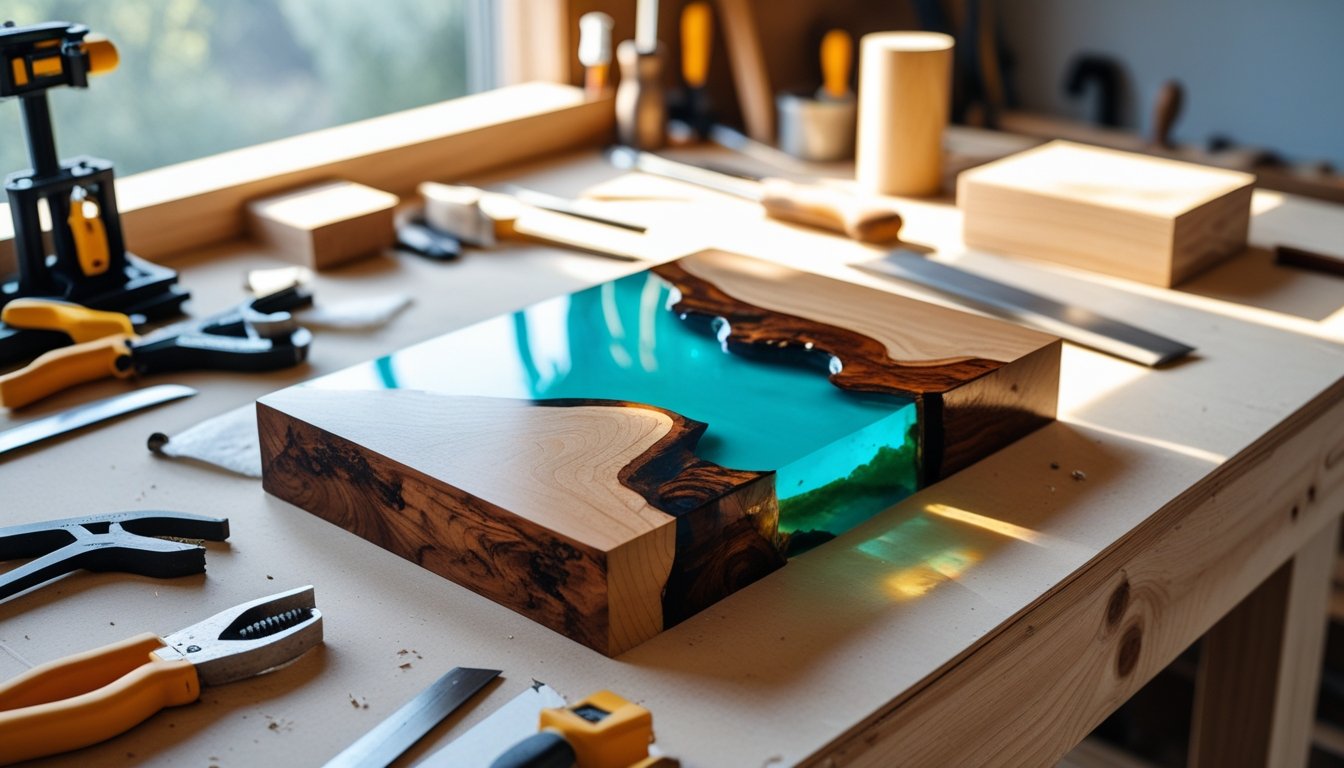
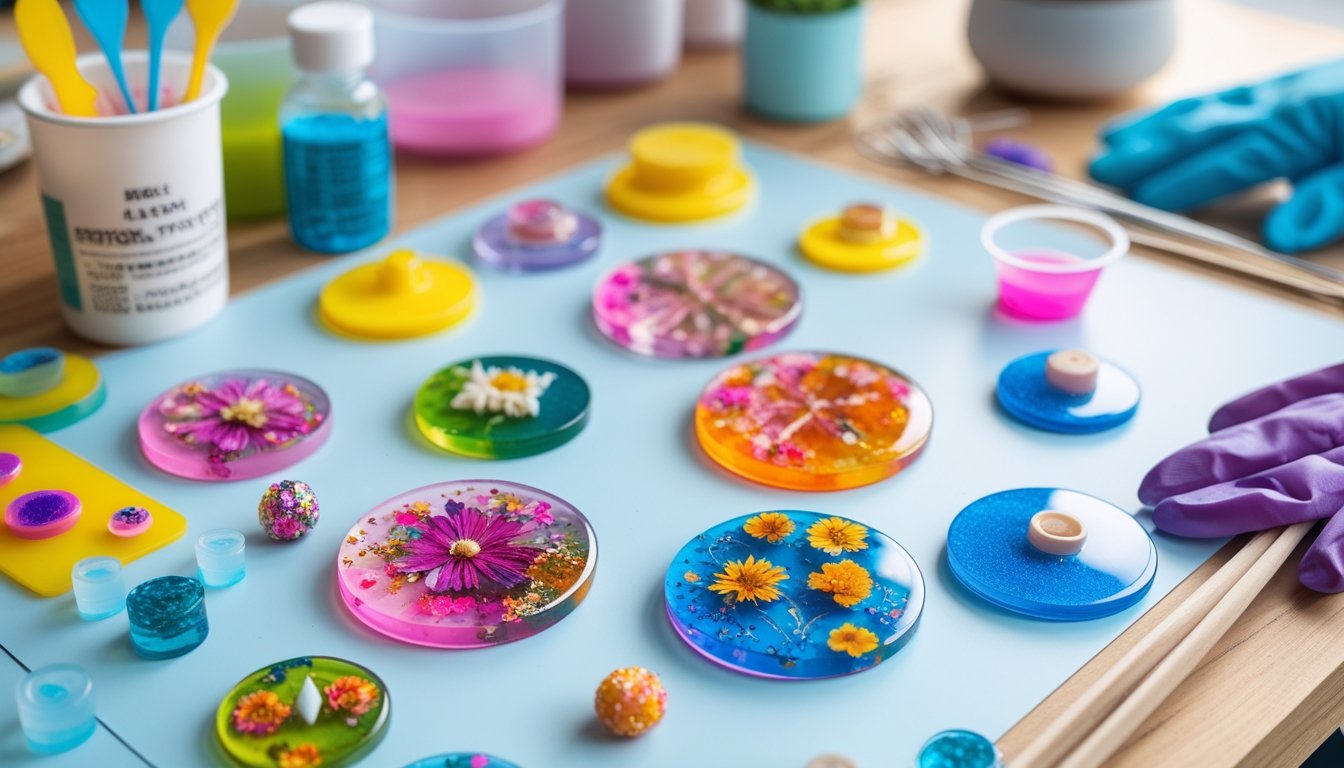
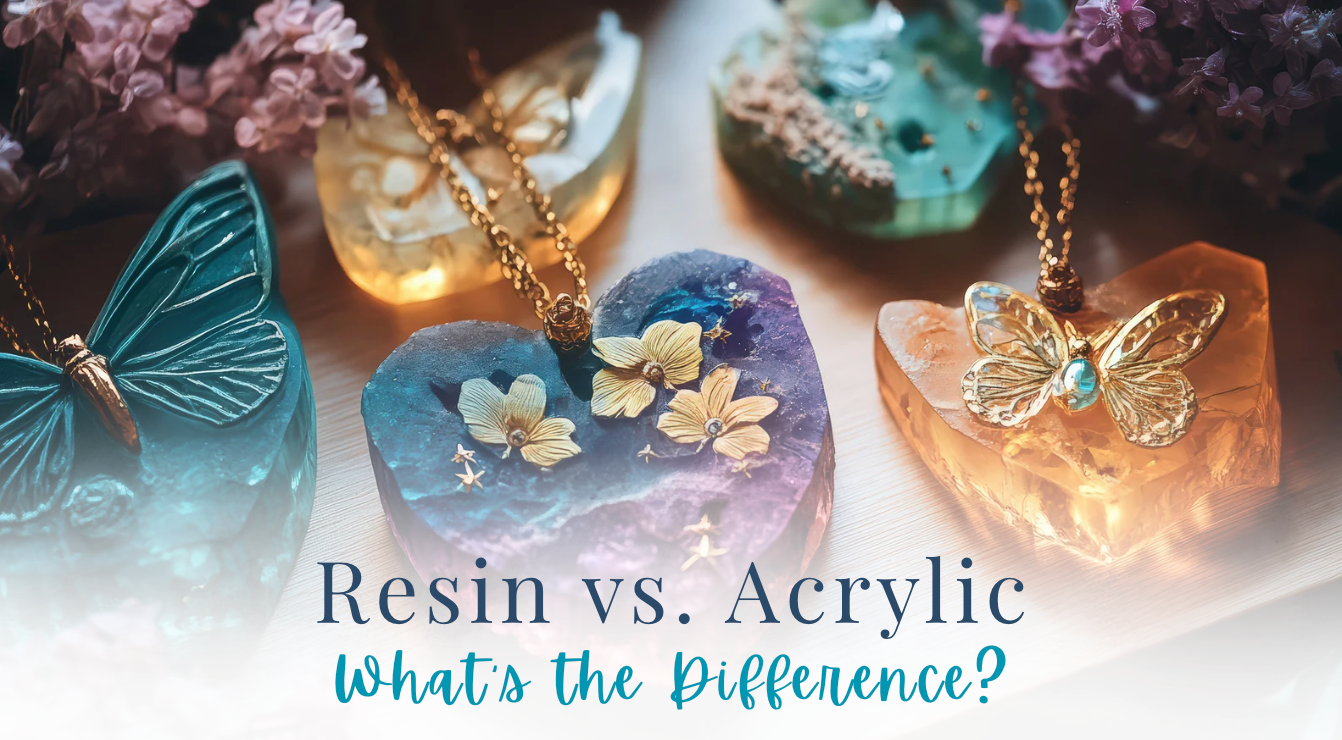

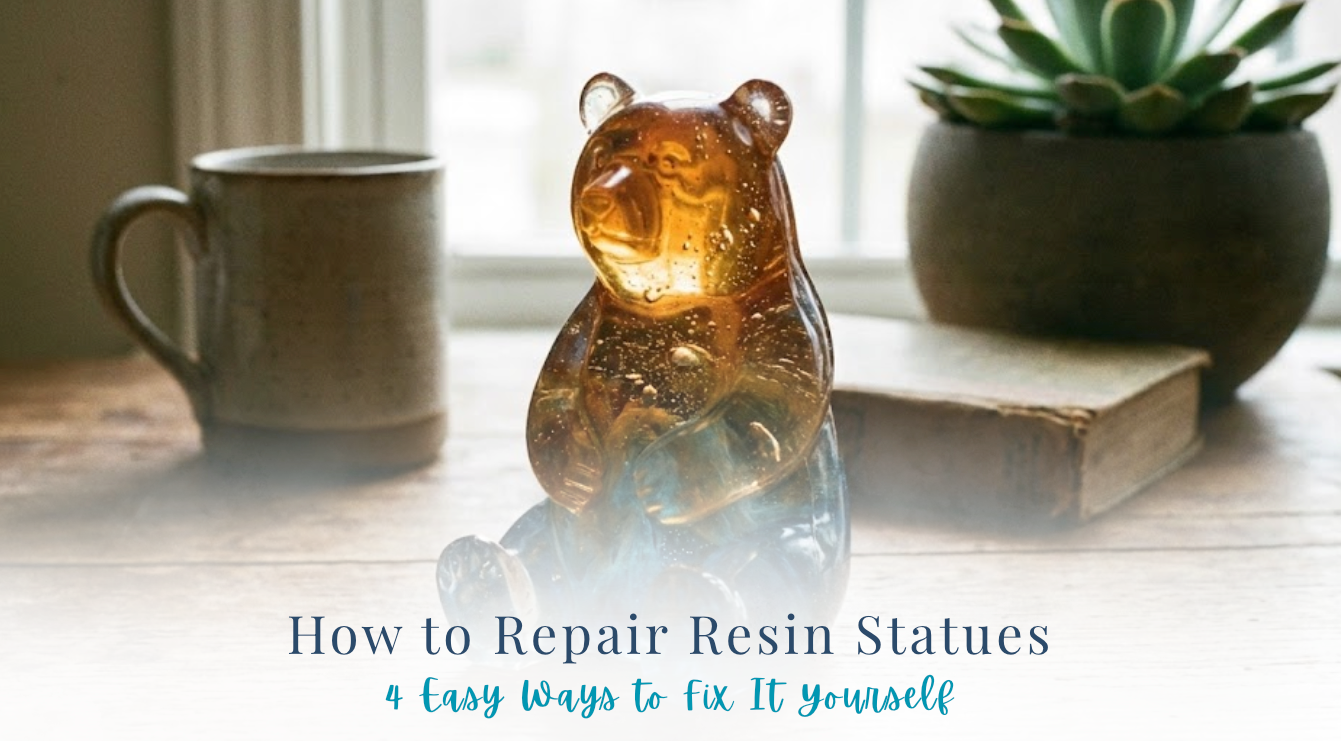

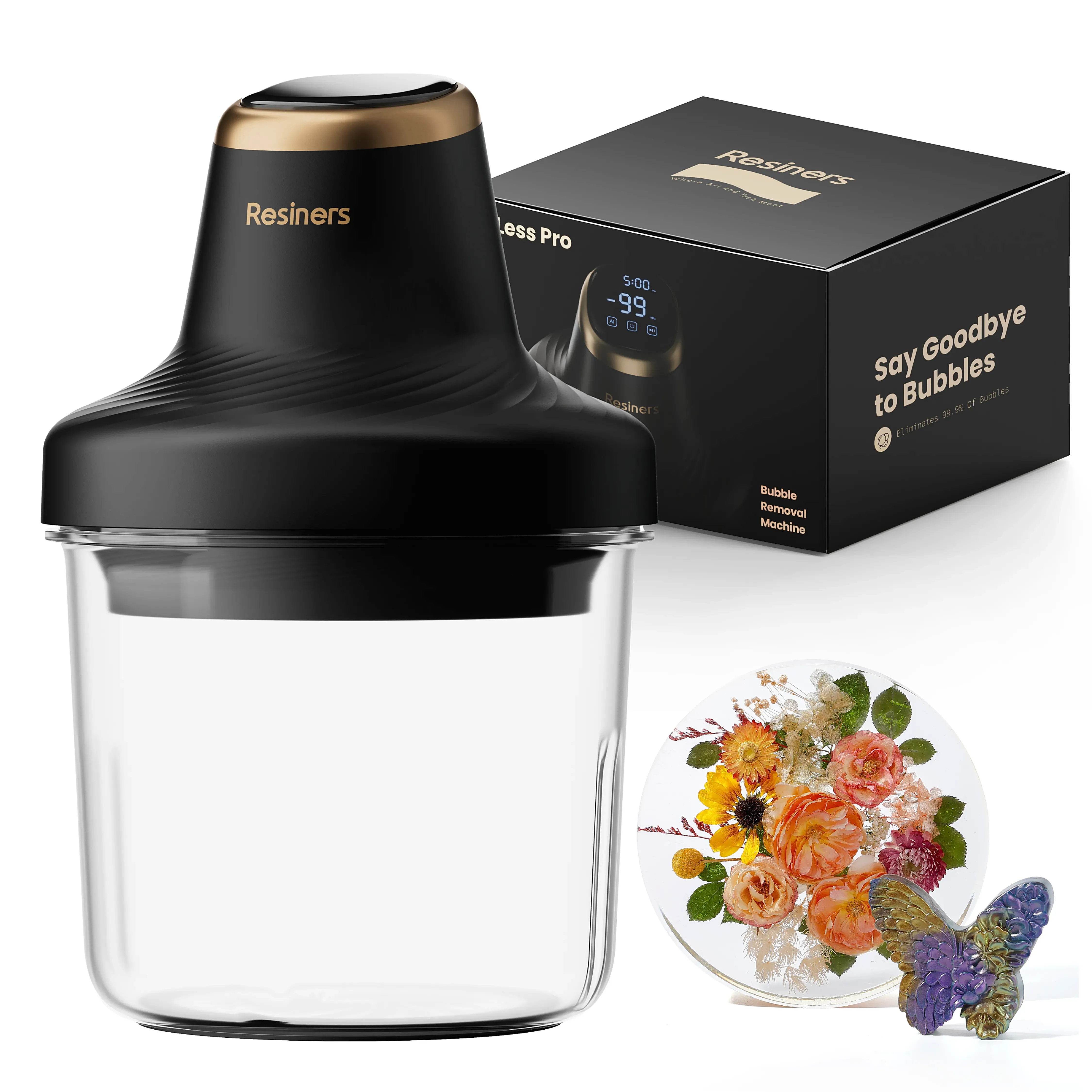



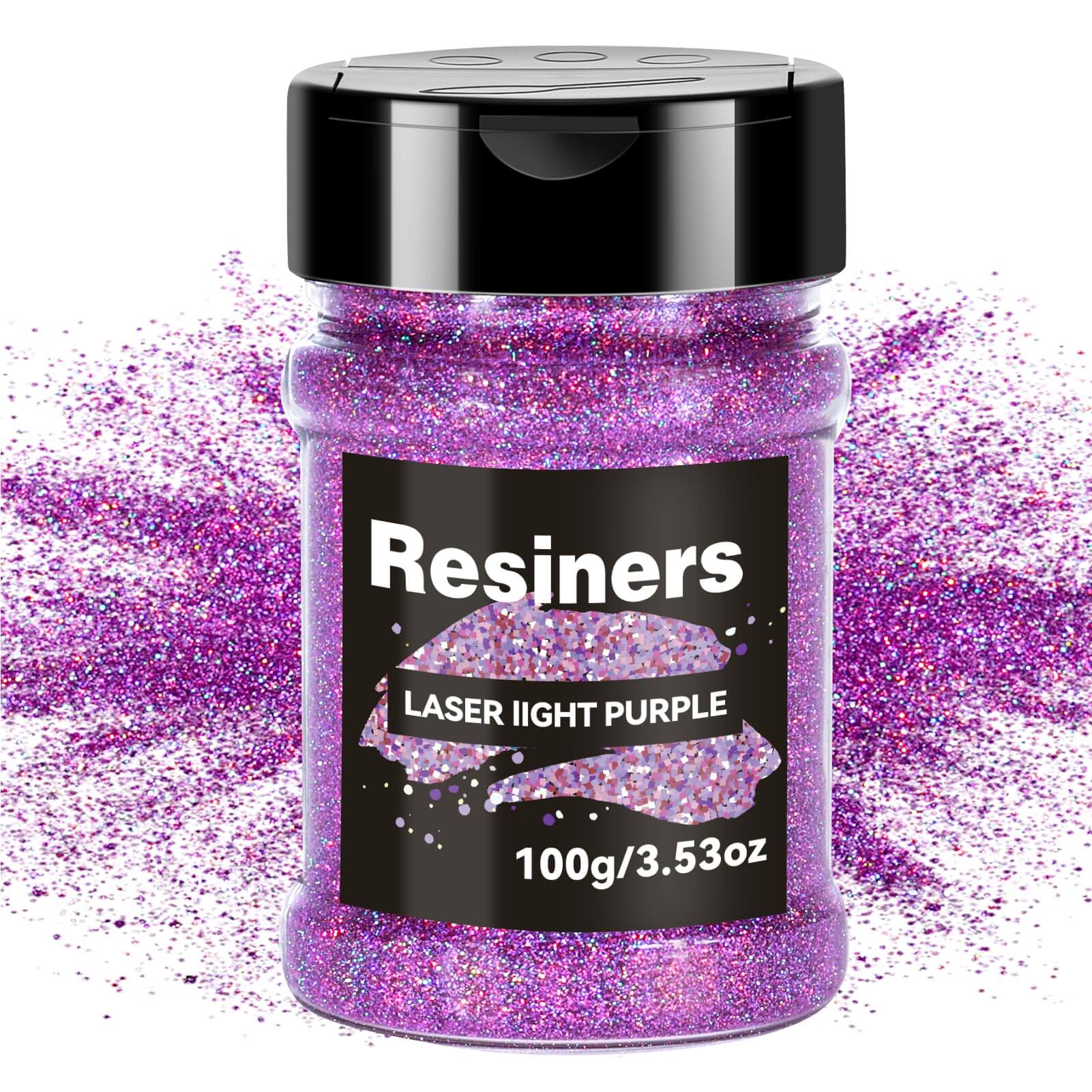
اترك تعليقًا
This site is protected by hCaptcha and the hCaptcha Privacy Policy and Terms of Service apply.